194. Why I use a fountain pen
also, why I just bought a pencil.
Dear reader,
Most people, seeing my art, assume that using a fountain pen for art means the following:
✍🏼 you must be very confident
🖋️ you ‘know’ which lines to draw
🎯 you are a very good artist
None of these were true for me. I first picked up the fountain pen after I left halfway through a PhD program in Neuroscience to become a writer. Later, when I started drawing from observation, I made my first drawings with that same fountain pen. I was nervous, knew nothing, and could not draw much better than stick figures.
In today’s post, the reasons that motivated me then, the ideas that keep me using the same pen I have owned for 5 years, and how those are the same ideas by which I bought a Blackwing pencil (this is an affiliate link).
The SneakyArt Post is a weekly publication about secretly drawn art of the world. Every week I share my latest drawings and best ideas from a journey of self-education to be an artist and writer.
If you like having SneakyArt in your inbox, help me reach more people?
Workshops on Granville Island
This Sunday, I did my first in-person workshop in Vancouver. With a group of 15 participants, I drew many tiny people on Granville Island. The learning goals of this workshop were:
🎯 to pick up techniques that simplify the human figure
🎯 to develop confidence in going from observation (eyes) to depiction (hands)
🎯 to explore your curiosity and build a sketchbook habit
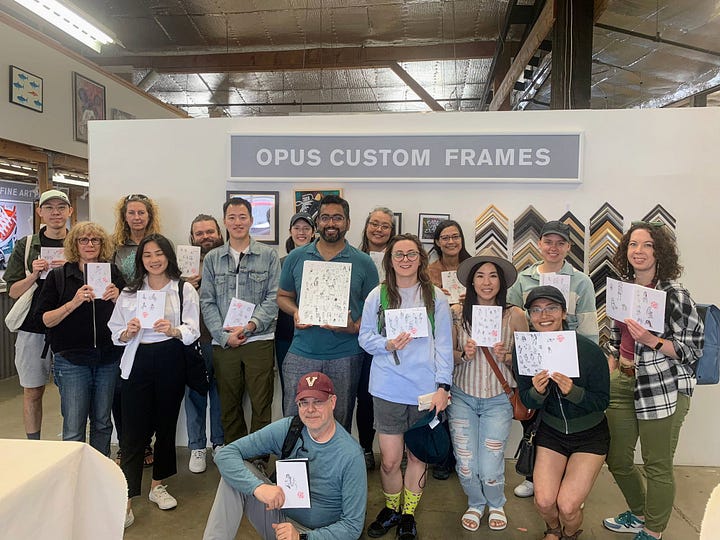
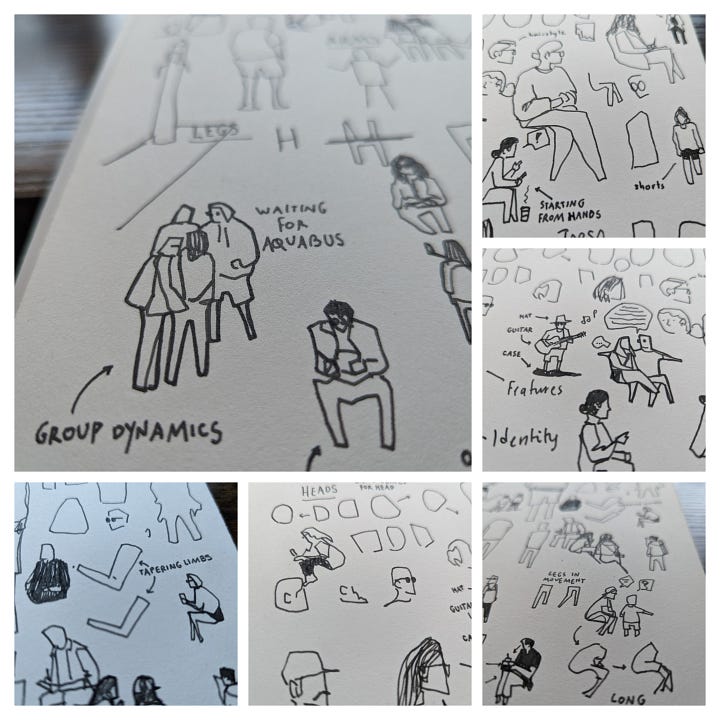
After the workshop, we headed to the OPUS Art Supplies store on Granville Island, where I shared my favourite materials, offered individual feedback, and gave a literal stamp of approval to my favourite drawings.
🖋️ Why I picked up a fountain pen
I have been writing online for years and years. I had a blog, then a page on Facebook, then my own website. Hundreds of short stories, poems, screenplays, comic scripts, and stand-up comedy sets. Throughout all the years that I studied to be an engineer, I wrote on the side - in the evenings, after my assignments, after returning to my dorm room from a night out with friends.
Writing a lot can make you a better writer. But that is not a given. What is absolutely certain is that it will make you a better typist.
I type very fast. Too fast for my own good. A thought is only half-formed in my mind before it appears onscreen. I edit it several times as I run through the first, second, and third iterations. For every satisfying sentence, I see three iterations that I do not like. Is this why I remain unhappy with my writing? (For reference, I have edited this paragraph five six times.)
I picked up a fountain pen because I needed to slow down. Scratching a pen nib against real paper imposed a useful physical speed limit on the process of thinking, articulating, and expressing. I ran through multiple iterations of every sentence in my mind even as I wrote it out.
💡 The ability to go faster does not guarantee better results and can, in fact, be detrimental to your process.
✍🏼 Why I started drawing with a fountain pen
When I started drawing a webcomic, I did it on the iPad. The iPad liberated me from the pressure of drawing the right lines. With a double-tap, I could undo any mistake!
This was both a blessing and a curse.
😇 I got over the fear of the blank page because I was able to experiment with linework, colours, and styles at zero cost.
🤬 Because I could hit undo on anything, I hit undo on everything.
With the iPad, I got better at making art. I learned so much.
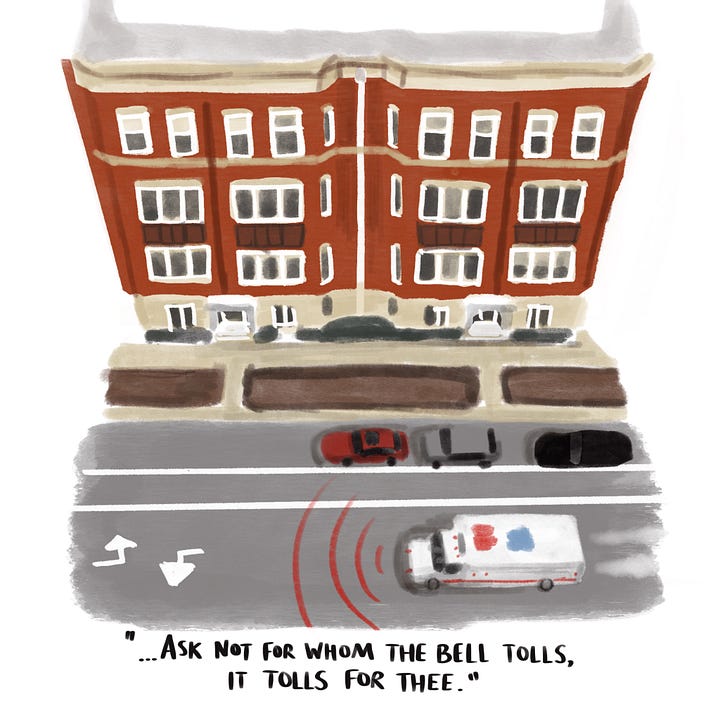
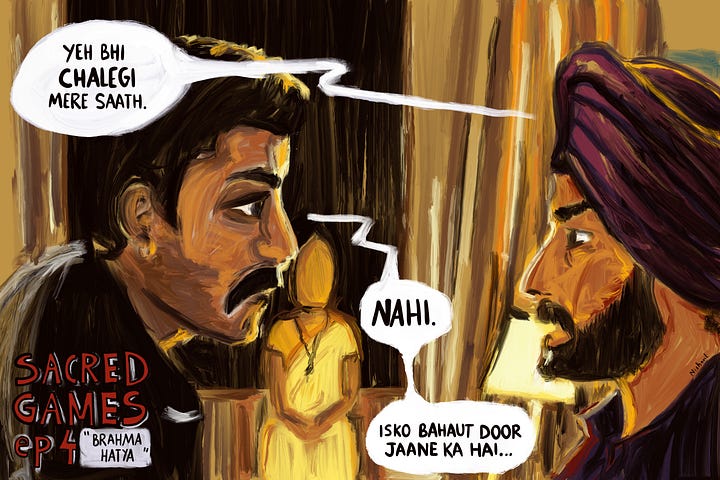
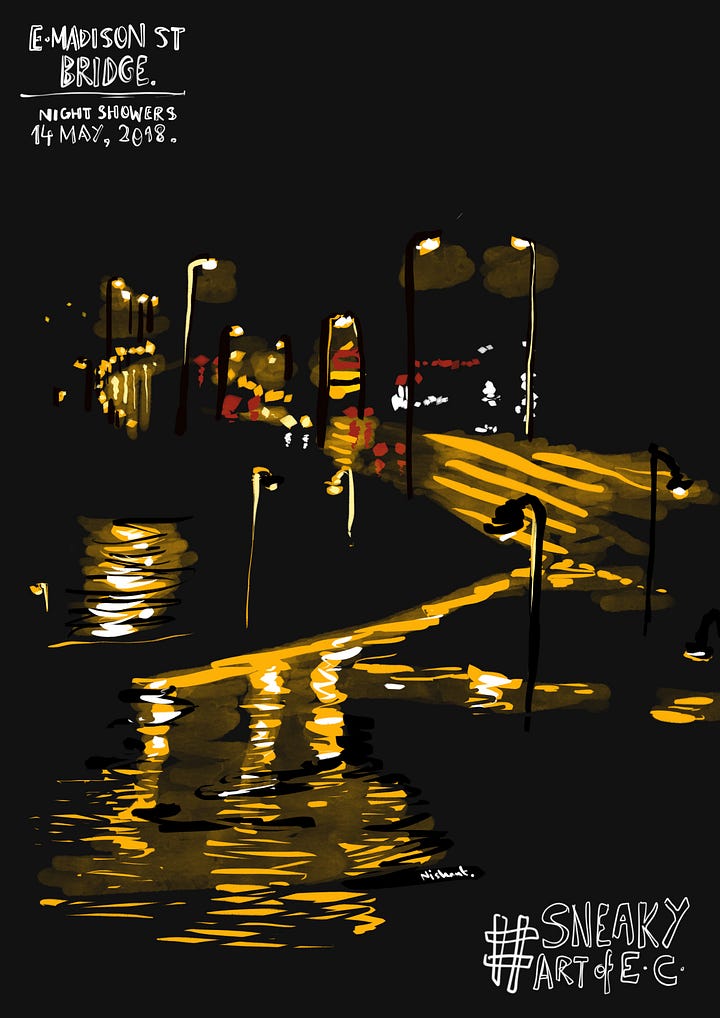
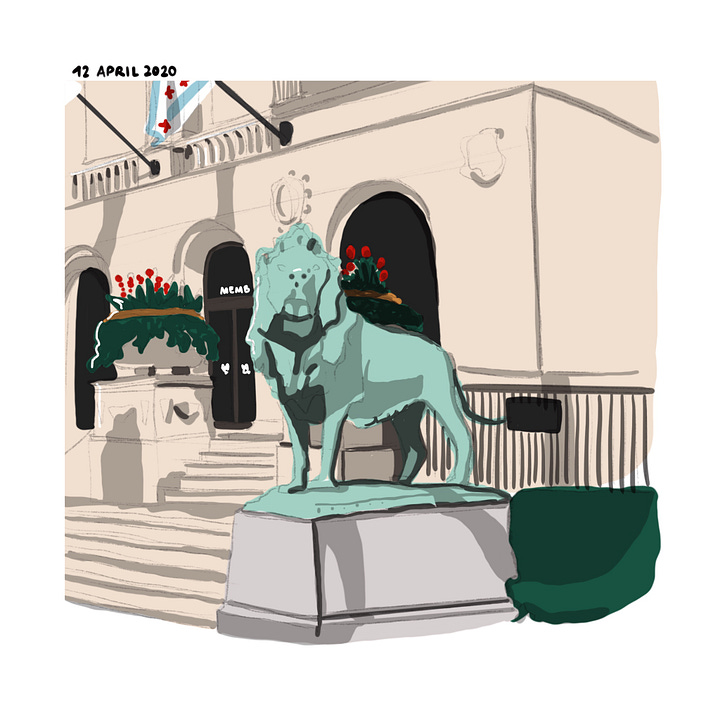
Until one day I hit a wall.
I realized that I was using every digital brush in the same way, because everything essentially felt the same. No matter if I was using a pencil tool, watercolor tool, or spray paint tool, it was always the tip of the Apple Pencil against the iPad screen (i.e. tactile feedback was the same).
Picking up analog tools again, my thinking was that I needed to understand the real stuff in order to use the digital versions more intelligently. I have used my Lamy Safari fountain pen nearly every day since then.
I fell in love with precisely the thing that makes so many people afraid of using ink - that you cannot erase your lines.
For a temperamental and impatient perfectionist like myself, drawing with ink is therapeutic. After ‘ruining’ many pages, I have understood that the solution to a bad drawing is another drawing. I made little drawings. I made quick drawings. I made lots of drawings. This is how I got better. And this is also how I found my style.
“Once is a mistake. Twice is an idea. Three times is style.” - Miles Davis.
💡 Style is an accumulation of mistakes and the ideas that emerge from dealing with them. To get there, you have to spend time with your mistakes. The ability to infinitely undo takes you away from this flow.
💡 Mistakes are not bad things. Stay with them and they give you an insight into your personality. They tell you what you care about and, equally, what you do not care about. This is useful information.
💡 Working around mistakes, instead of undoing them, leads to the discovery of unexpected solutions. Good ideas come out of this.
💡 Spending time with the ideas that work for you - thinking about them, working with them, modifying and improving on them - leads to what is known as style.
This is how it has worked for me. And none of it would have happened if I kept hitting the undo button.
🎙 I spoke about this in Ep 28 of the SneakyArt Podcast with Tomas Pajdlhauser (read | listen). Tom is an independent art director who has worked on several Netflix projects. But while his professional work is entirely digital, he spends a lot of time making beautiful watercolor paintings in his sketchbook. One of the central questions behind our conversation was this - “How much do analog skills matter in an increasingly digital world?”
✏️ So, why the pencil?
I am using my Blackwing 602 pencil with the same ideas. I want to make the ‘wrong’ lines. I want to work around them to form good ideas. I want to go toward a style that is still mine, but different from what I do with ink.
Here are some ways in which the pencil lets me do something different:
✏️ The ability to make soft lines - Every line with ink is a bold declaration. But the pencil lets me enter the page gently. In the above sketch, I mapped the positions of the trees with soft lines (that you cannot see anymore) before starting from the left with the boardwalk.
✏️ A wider spectrum from light to dark - Shading lets me go from the brightest part of the page (white) to the darkest by regulating nib pressure against the paper. I can even go over the same area again and again. Neither of these things is possible with ink.
✏️ Lines and Shapes - Pens are all about lines, and brushes are all about shapes. A pencil has a nib like a pen but you can use it to define lines as well as shapes. I am experimenting this with both the Blackwing pencil and my new Caran d’ache color pencils.
In the coming weeks, I will use more pencils in my work. Sometimes in conjunction with the fountain pen, and sometimes without. It is going to be fun!
I am always surprised to see that my most popular articles, the ones that readers keep returning to, are the ones written for Insiders. I must be doing something right.
Here are the most popular ones, to give you a taste of the Insider experience:
🔏 2023 and Me - my plans for an ambitious year without goal-setting.
🔏 But the Universe has other Plans - I am not at the centre of the universe, apparently, and neither are you?
🔏 The Role of Art in the Age of Virtual Reproduction - An ongoing exploration of existentialism in the age of generative art, based on the timeless 1936 essay by Walter Benjamin.
🎙 Never Look at the Numbers - Goodhart’s Law, coined to describe monetary policy, applied to the life of an artist.
Thank you, dear reader, for your time and attention. I am glad to have a space in your inbox.



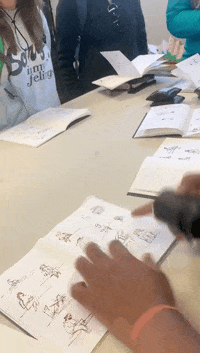

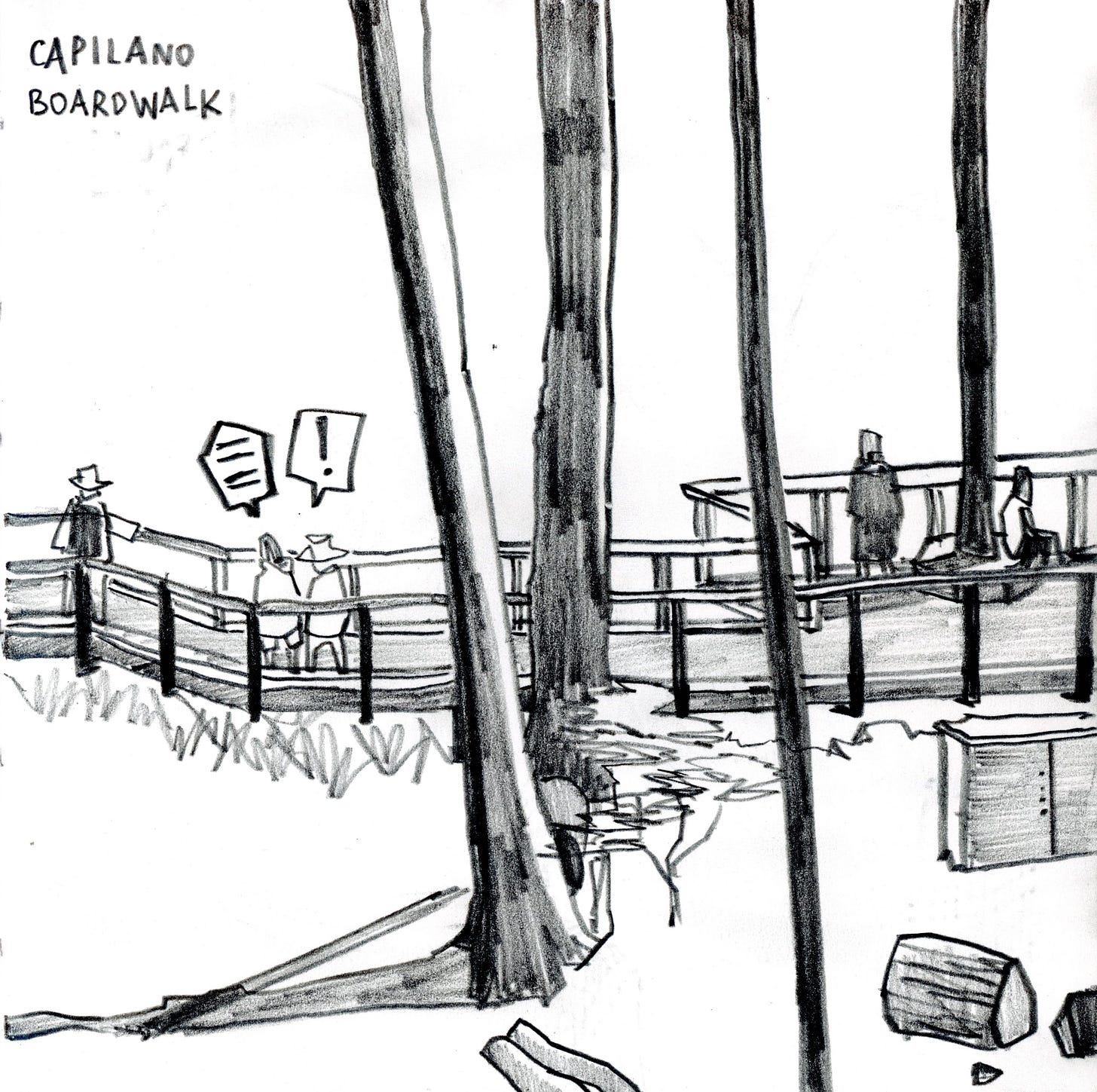
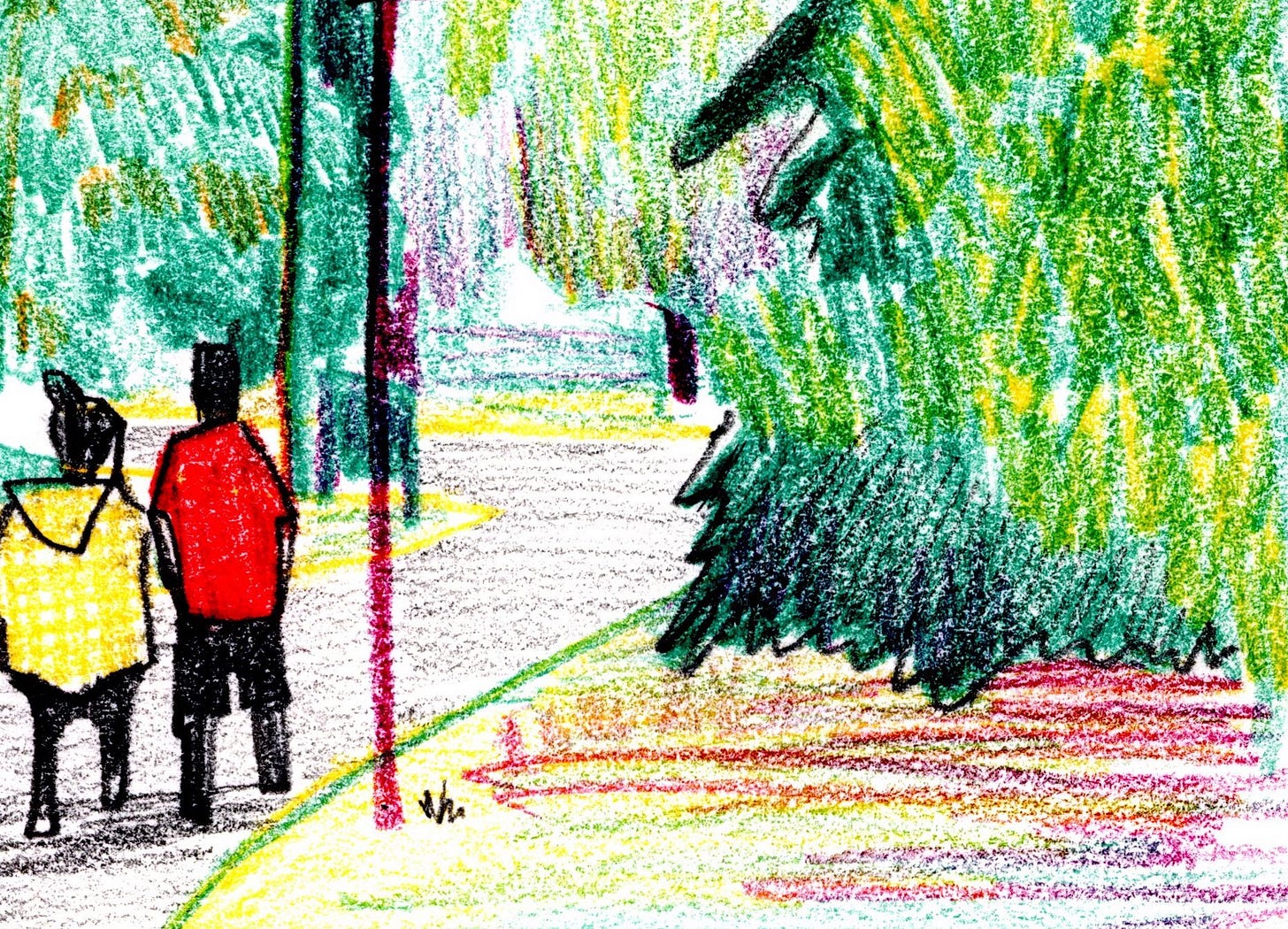

I loved everything about this post, but especially this:
I fell in love with precisely the thing that makes so many people afraid of using ink - that you cannot erase your lines.
Sometimes permanence is a gift.
I really resonated with how the fountain pen forces you to slow down and think when you write. And the action of not using a digital brush (that feels the same) distinguishes the sensation you get using a pencil, pen, paintbrush. Helps you consider what you're trying to convey.